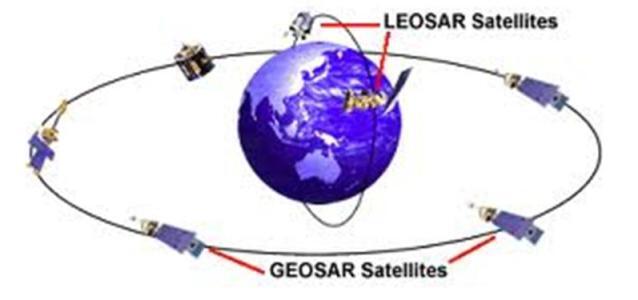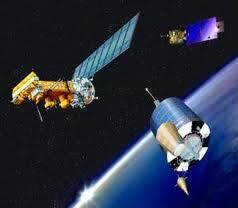Blogs
Understanding the 406 MHz E.P.I.R.B.
Electronic Position Indicating Radio Beacon
Service
Two networks of satellites are used to manage the COSPAS-SARSAT International Satellite system for search and rescue.
Geosar – satellites in geostationary Earth orbit located close to the equator
Leosar – satellites in a low-altitude Earth orbit circumnavigating the world close to the poles.
Geosar provides an almost instantaneous alert of activations within the Geosar coverage area identifying the beacon and recording location information (GPS details) if it has been transmitted. Geosar satellites monitor activations within a 60 degree footprint of the equator.
Leosar identifies the beacon and records any location information transmitted. Global coverage is provided but as Leosar satellites orbit at a lower altitude, the range is less and therefore event recording is not instantaneous.
In the absence of GPS data, alert information gathered from both types of satellites is usually required to establish an exact location of the activation. A Leosar satellite compliments the Geosar service with a “pass” over those areas not recorded by the Geosar network every 30-50 minutes. Therefore it is possible that it will take this long before a beacon’s position is identified after activation.
Events are monitored by ground receiving stations, referred to as LUT’s (Local User Terminals) and this information is passed to Mission Control Centres (MCC’s) who forward details to Rescue Coordination Centres, Search and Rescue points of contact or other MCC’s.
All “406” EPIRB’s are designed to operate on two frequencies. The satellite monitored 406 channel and the Direction Finding (DF) frequency of 121.5 MHz. This DF frequency is constantly monitored by all commercial aircraft. When dispatched, the aircraft sent by rescue services employs onboard direction finding equipment on this 121.5 MHz DF frequency to pin point the exact location of the EPIRB.
Specifications demand that an EPIRB’s 406 MHz transmitter operates within approximately 60 seconds of activation and once every 50 seconds thereafter. Each 406 MHz transmission period is approximately 0.5 second. At all other times the beacons 121.5 MHz DF transmitter is activated. The battery pack powering each EPIRB must provide 48 hours of continuous transmission.
It is a mandatory requirement that each 406 MHz EPIRB be registered. An international database is maintained and is accessible to search and rescue authorities so they know who to contact when an event happens.

















